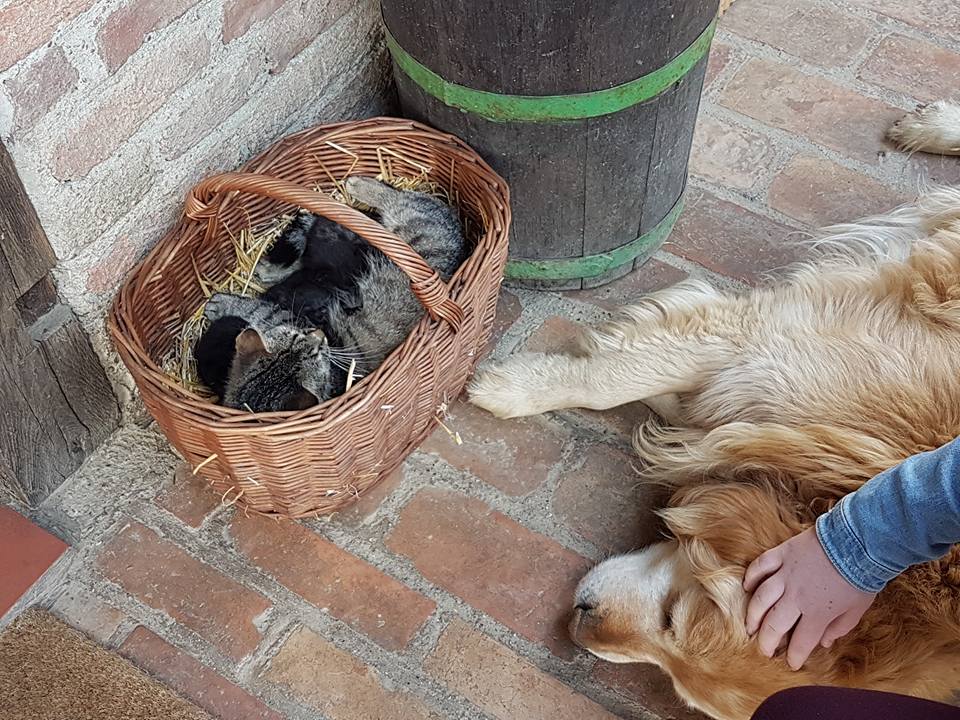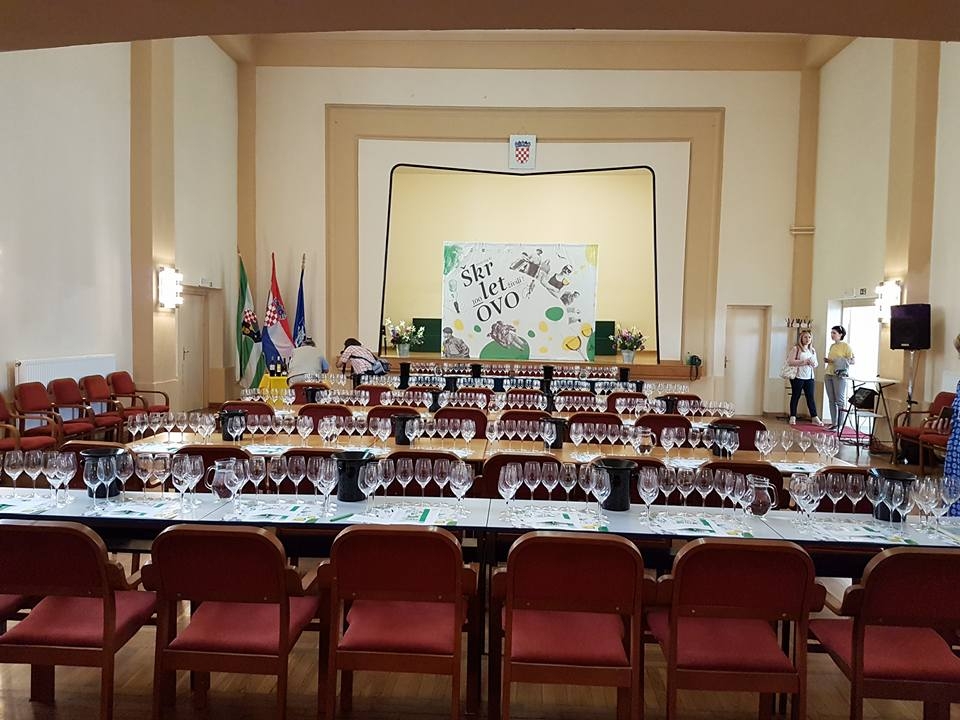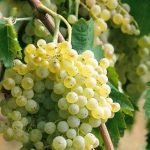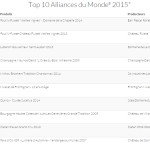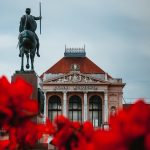SkrletOVO, the first organised wine festival to promote the indigenous Skrlet grape variety, took place in Ivanic Grad near Zagreb on May 20, 2017, a fascinating place to be a foreign fly on the wall. TCN reports.
Although I am far from an expert in wine, there is nothing about Croatia which fascinates me more than the Croatian wine story. Here is a tourism country, with a wine tradition dating back thousands of years, the home of the original Zinfandel, with some 130 indigenous varieties, including unique aromas and tastes that are continuing to excite international wine experts. And to the mix that fact that Croatia has fabulous and very diverse regional food, and here we have a superb platform on which to place Croatia as one of the leading gourmet and wine destination in Europe. The fact that it just happens to be one of the most beautiful countries on the planet is an added bonus of course. Italy, Spain and France have specialised in gourmet tourism for years.
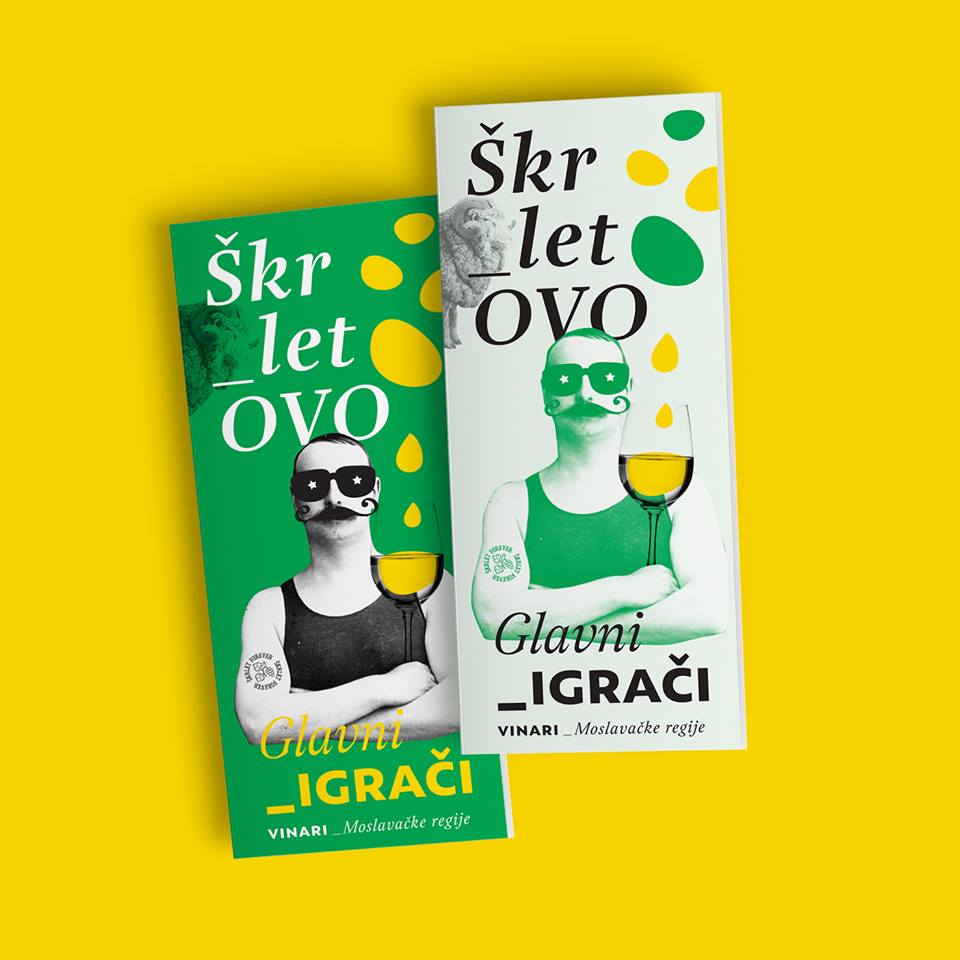
And yet…
Despite all these natural gifts, there is no such thing as an official wine website for Croatia, no such thing as an official wine road for Dalmatia, and a preference for many local restaurants to choose international or other regional wines over supporting the local winemakers. If the quality was not there, this would be understandable, but when I lived on Hvar, for example, here were a group of winemakers who were winning international awards and exporting as far as California and China, and yet many of the top restaurants on the island shunned their wines in favour of other regions. Indeed, it is probably fair to say that most tourists leave Hvar without knowing it is a wine-producing island at all. As a token effort to improve things, we created a virtual wine road for Hvar, the first of its kind. As for gourmet tourism, the only quality offered is by innovative private providers, such as Culinary Croatia.
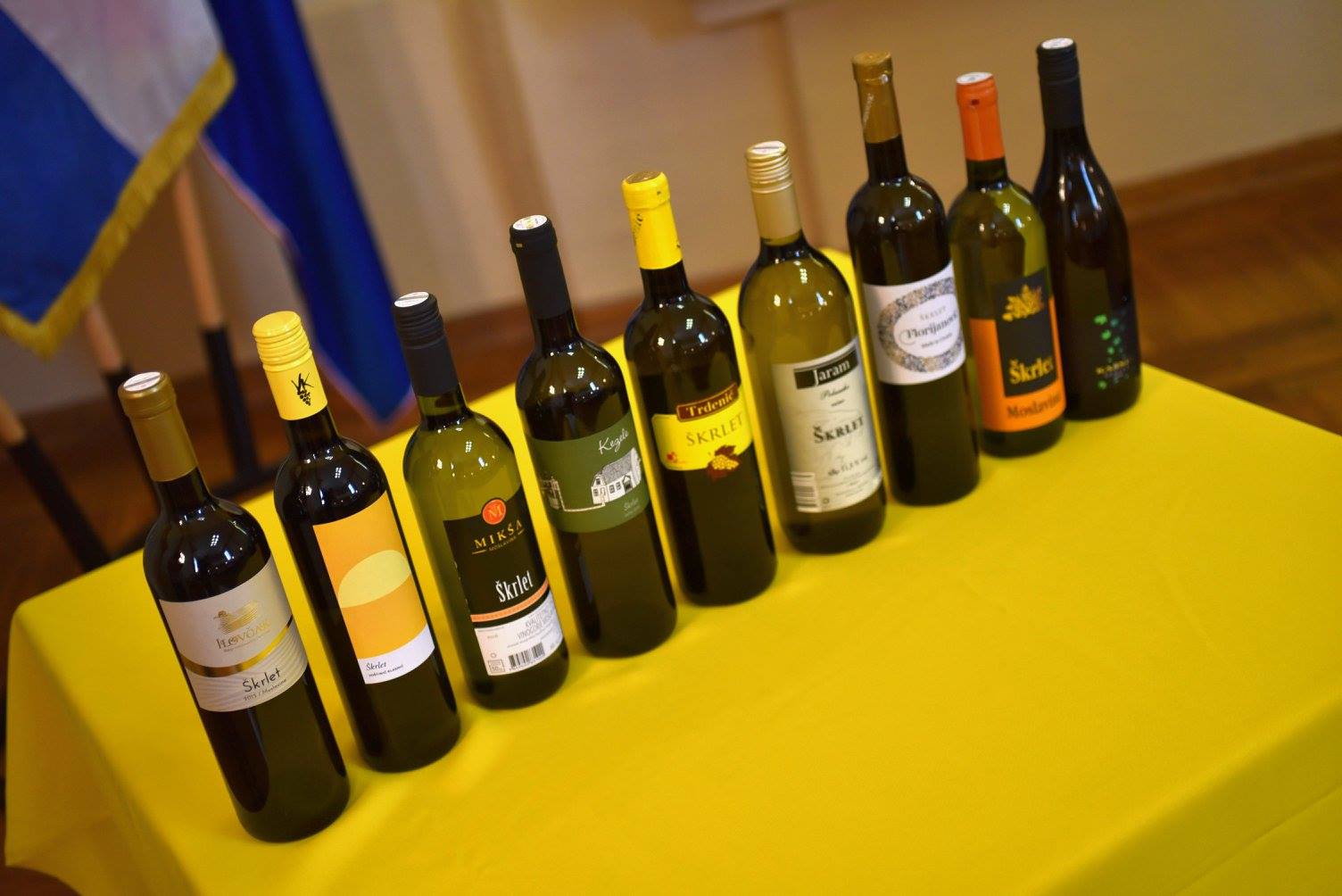
So when I received an invitation to come and spend the weekend near Ivanic Grad at the popular Kezele rural tourism complex and attend the inaugural wine festival for the local white variety, Skrlet, I was more than a little intrigued. Apart from not knowing much about Skrlet (I am sure I am not the only one), I was fascinated to see how local winemakers united to promote their brand, and how a new festival would work in practice.
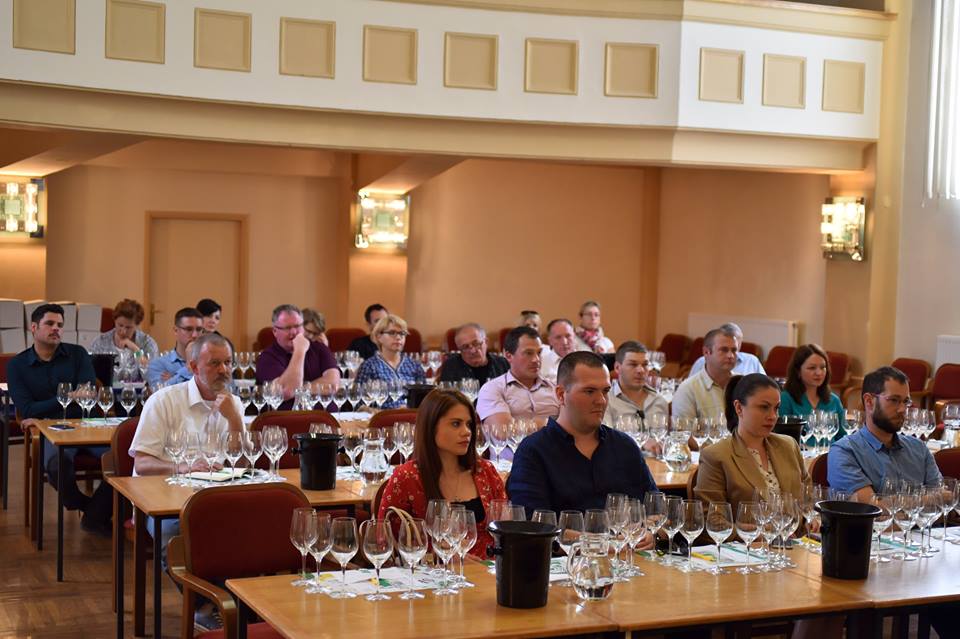
It turned out to be rather a fascinating experience, starting with the history and branding issues that plague the grape itself. Turning to my colleague Iva Tatic for some background info, here is what I found on Skrlet on our Total Croatia Wine portal:
“Škrlet žuti, also called just škrlet, is an indigenous white wine variety from the region of central Croatia, Moslavina and other winemaking hills around the rivers Kupa and Sava (around Popovača, Kutina and Ivanić grad). The name has quite a complicated story, how it came to be, and it has to do with specific reddish dots on the side of the ripe grapes that were facing the sun and the German word for the scarlet fever (and it is pronounced so that it sounds similar to the English word “scarlet”!). The first mention of the variety in Croatian, and we rarely have specific dates of those, is in 1854 in a newspaper leaflet following the wine exhibition held in Zagreb.”
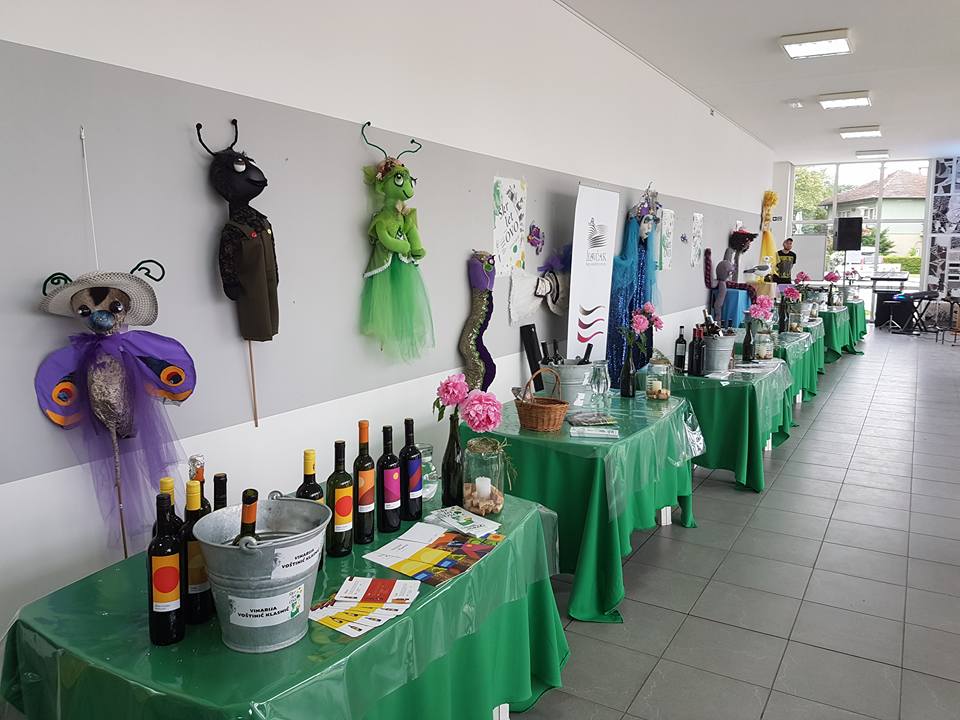
That Skrlet survived at all was not due to the efforts of the authorities. More Germanic varieties, such as Riesling,, where planted in the 19th century amd beyond, and Skrlet was relatively abandoned as a wine-making variety until the 1970s when the Miklauzic family in Popovaca started experimenting with this variety which was growing among their Grasevina vines. Skrlet, indigenous to the Moslavina region, also suffered from a bureaucratic issue, just like Moslavina itself – the region and its vineyards are located across four administrative regions, and so the branding of the region itself faces additional challenges.
And yet, despite all that, there has been ample academic research on the variety, as was evidenced in the closed session of the SkrletOVO festival, before the public – and very jovial – wine tasting. The first panel was moderated by academic Zvjezdana Markovic from the Faculty of Agronomy, who had done her PhD thesis on Skrlet, while another of the panel speakers, Ana Marija Jagatic Korenika, talked about her 2011 research of five white varieties – Skrlet, Kraljevina, Marastina, Posip and Malvazija – which concluded that of these, Skrlet had the highest aromatic potential of developing polyphenol levels in the cold maceration process.
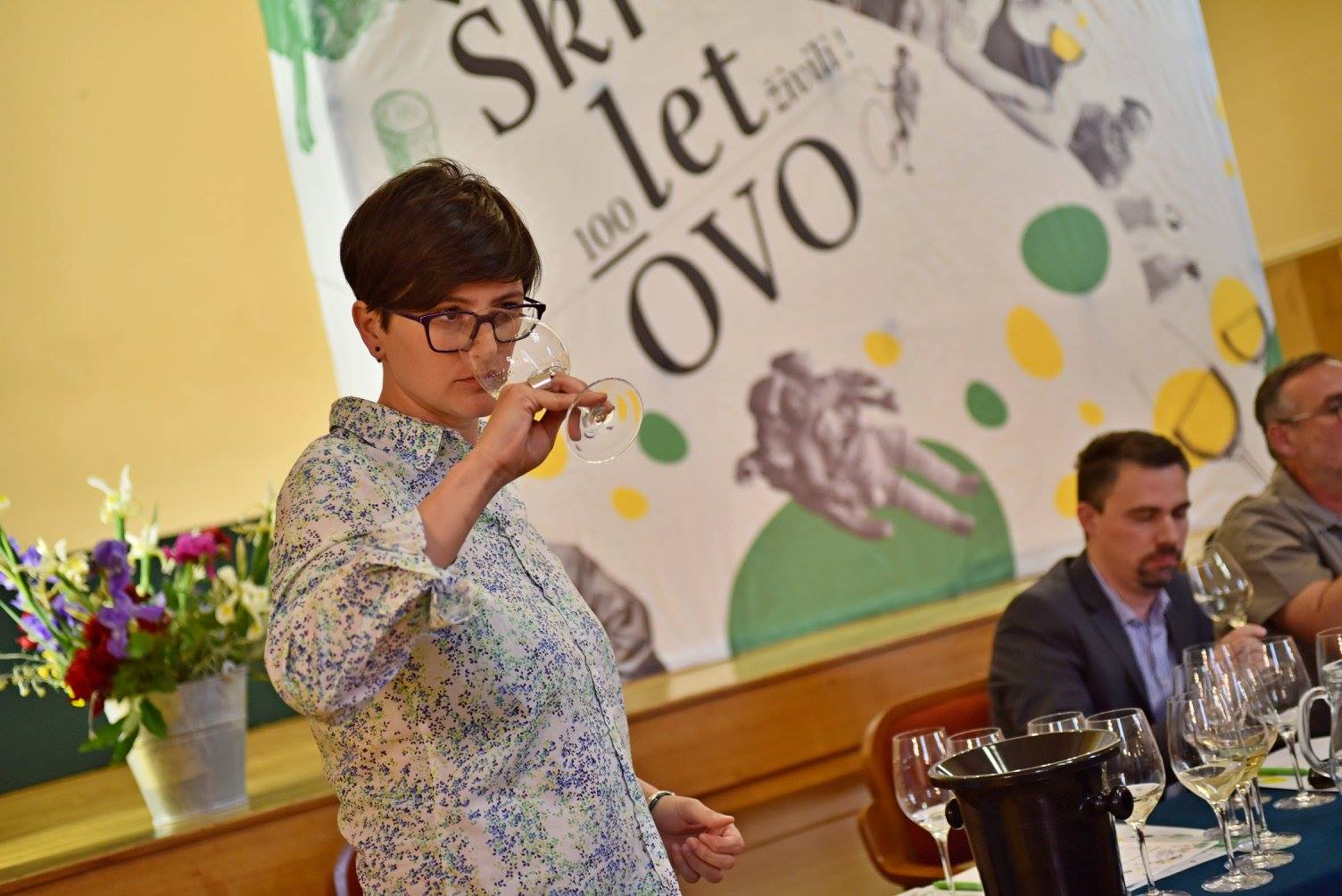
It was clear that this was a learning process for all, and the very fact that the event was taking place was an important first step in the branding and developing of Skrlet wines. The second panel, accompanied by the tasting of 13 Skrlet wines from the region’s various producers, was moderated by Lada Radin, one of the founders of the excellent Taste of Croatia website, which can be credited with doing much to promote some of the countries lesser known wines and wine regions over the years. It was perhaps symbolic of the tiny steps Skrlet is making in the world of wine when Lada told me that she was actually from Ivanic Grad, the town hosting the festival, but that she knew nothing about Skrlet as she was growing up. And here she was a few years later, promoting her native grape variety to a wider world.
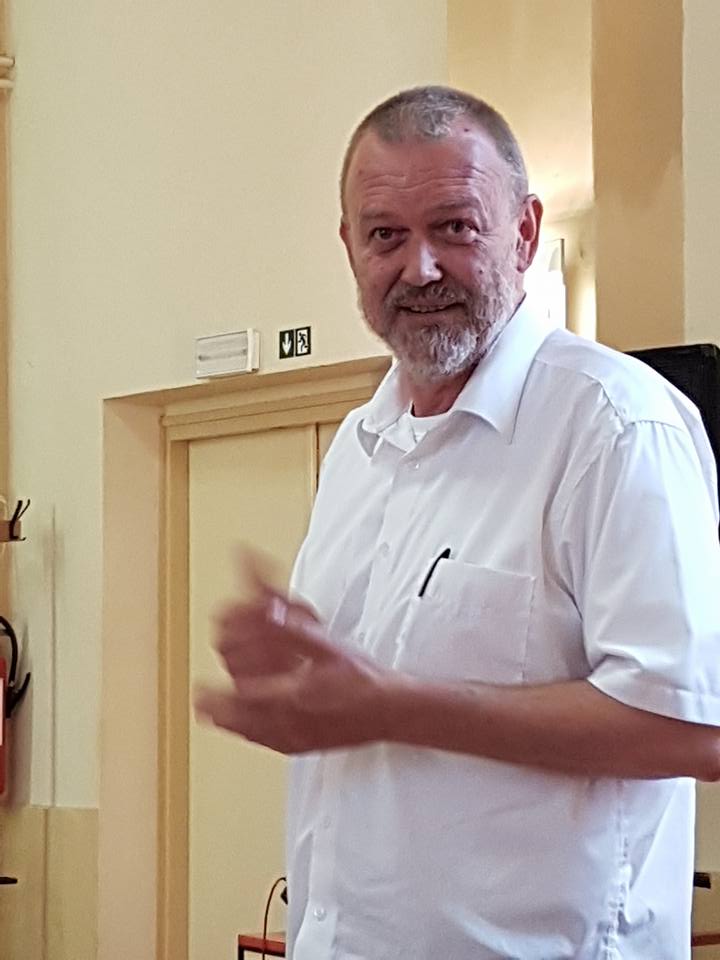
How to brand and price Skrlet? These and other questions were discussed at length, with an impressive array of contributors, from winemakers, wine sales outlets, academics, wine writers and oenologists. The wines themselves are light, fresh and fruity early drinking wines, but there is also a lot of experimenting happening, particularly by winemaker Tomislav Vostinic, who in addition to his regular Skrlet, is also producing an orange and sparkling wine. There was plenty of lively discussion and debate, and the closed session was extremely productive and useful for those looking for strategies and advice to further the Skrlet brand, and it was pleasing to see our very own Total Croatia Wine contributor, Ivo Kozarcanin, one of Croatia’s most established wine bloggers, being asked to give his opinion to the assembled group. You can follow Ivo’s writing via his blog on vino.hr.

And after the closed session on Skrlet and its strategies, the doors were open to the public, who were not slow to check out this newest Croatian wine festival. By all accounts, a very fun time was had by all. This correspondent, however, was keen to continue the Skrlet discussion, and where better than back at Kezele, with the man who has done more than enough to develop tourism in this idyllic spot just 30 minutes east of Zagreb.
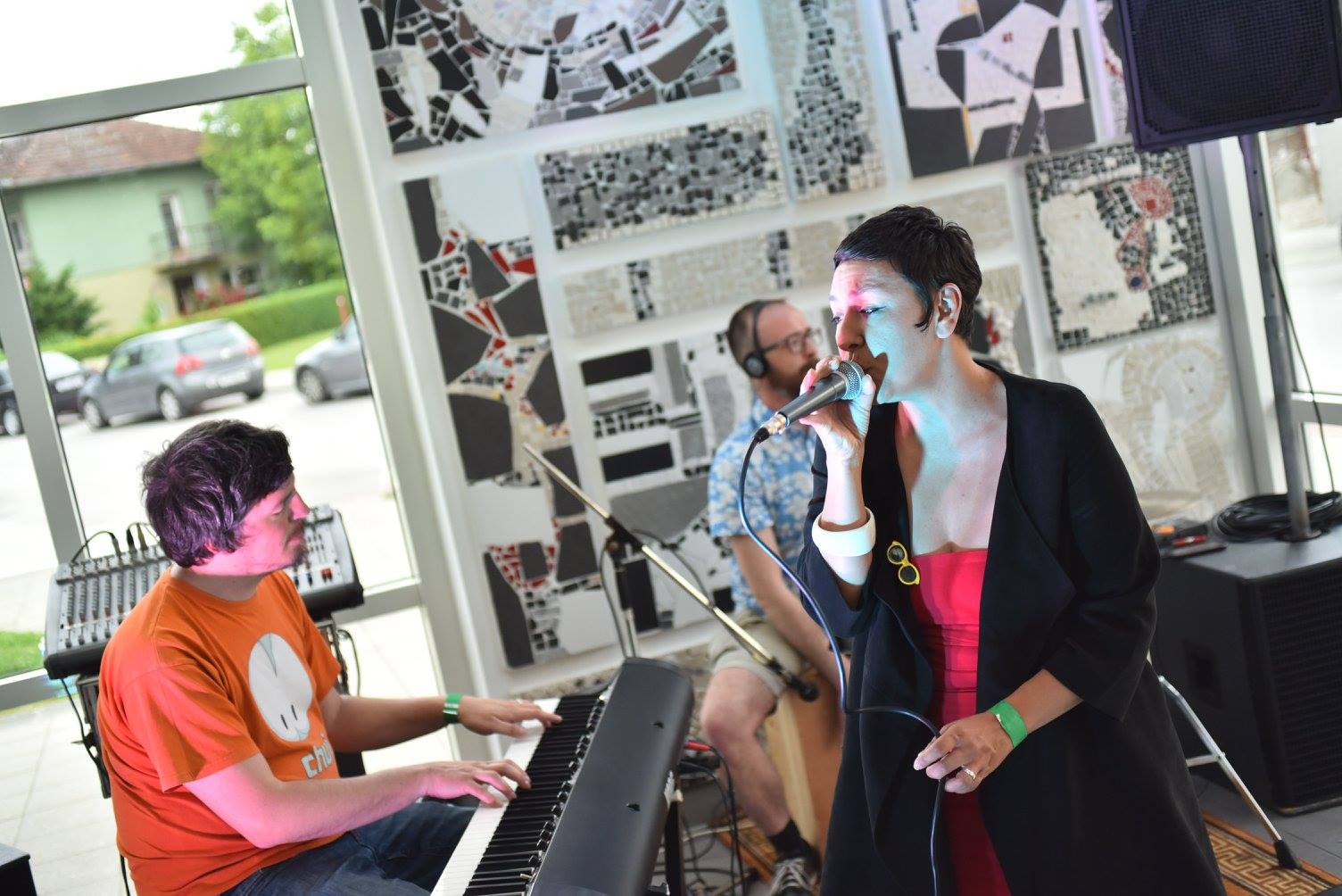
I have written about the Kezele experience at length previously, a wonderful family agro-tourism experience, and so there is no need to repeat, but the contribution of Drago Kezele, both with Skrlet and the wider tourism story in the region cannot be underestimated. Today he runs a fantastic hospitality business employing over 20 people full-time, regularly feeding 200 guests in day trips in Zagreb, as well as offering 37 beds in a range of lovingly restored traditional wooden houses, one of the most impressive tourism stories I have seen in Croatia, as well as one of the finest family experiences. And it all started with wine…

Having decided that he would like to produce and sell wine locally, Kezele bought his first vineyard – ironically from the Miklauzic Skrlet pioneers mentioned above – way back in 1983. One thing led to another; people wanted something to eat with the wine, so he started a restaurant, then they did not want to drive so he built them accommodation, then they needed something to do while they stayed, so he built various facilities. The end result is that Kezele is one of the best – if not the best – examples of successful rural tourism in Croatia, just half an hour from Zagreb, and – a little like Skrlet itself – a business which has been forced to make its way initially with little or no official help (although official support does happen these days). With all the resources being poured into coastal tourism, a little intelligent use of funds in continental Croatia, working with such inspiring entrepreneurs, could go a very long way, just in case any decision makers are reading…
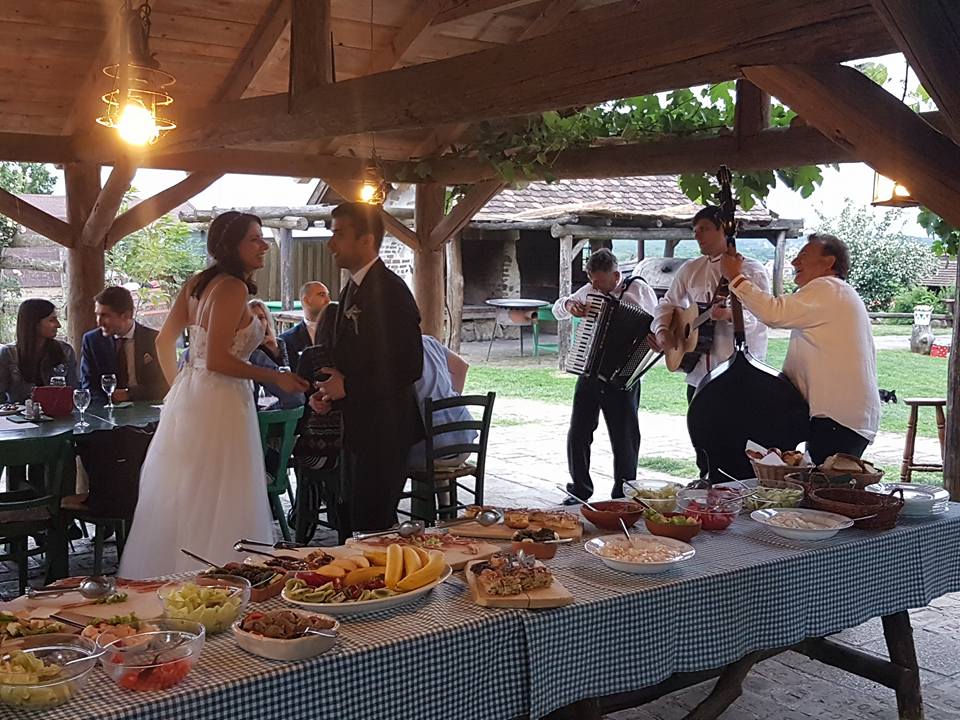
Kezele planted his first Skrlet vines in 2009 and has been a driving force within the revamped Skrlet Wine Association, which was founded in 2016 and now comprises nine members. And while there are many challenges ahead for these young Skrlet enthusiasts – branding, pricing, unifying the product – it is a story I will be following, as there is a passion and quiet determination to spread the Skrlet story, and with the documented success of the Kezele story, it has been proven that where there is a will there is a way.
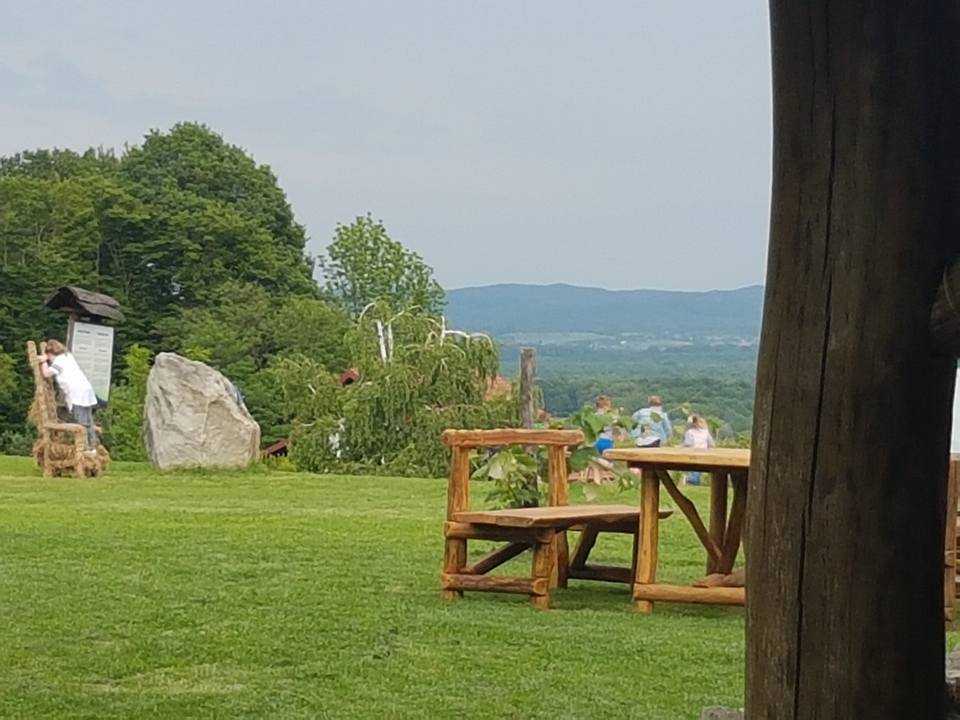
A fascinating weekend, with plenty of animal attractions for our little ones (no, we can NOT take one of those adorable little kittens home…), and a refreshing view of one snippet of the Croatian wine scene, which is producing fresh and fruity whites, and trying to get established, against all odds. In a nice show of unity, it has been agreed that next year’s SkrletOVO will take place in a different location, so as to better promote the whole Skrlet region. Croatia’s administrative barriers may divide Moslavina, but it appears that Skrlet has the unifying potential to break those barriers down, and promote the region to a wider audience.
